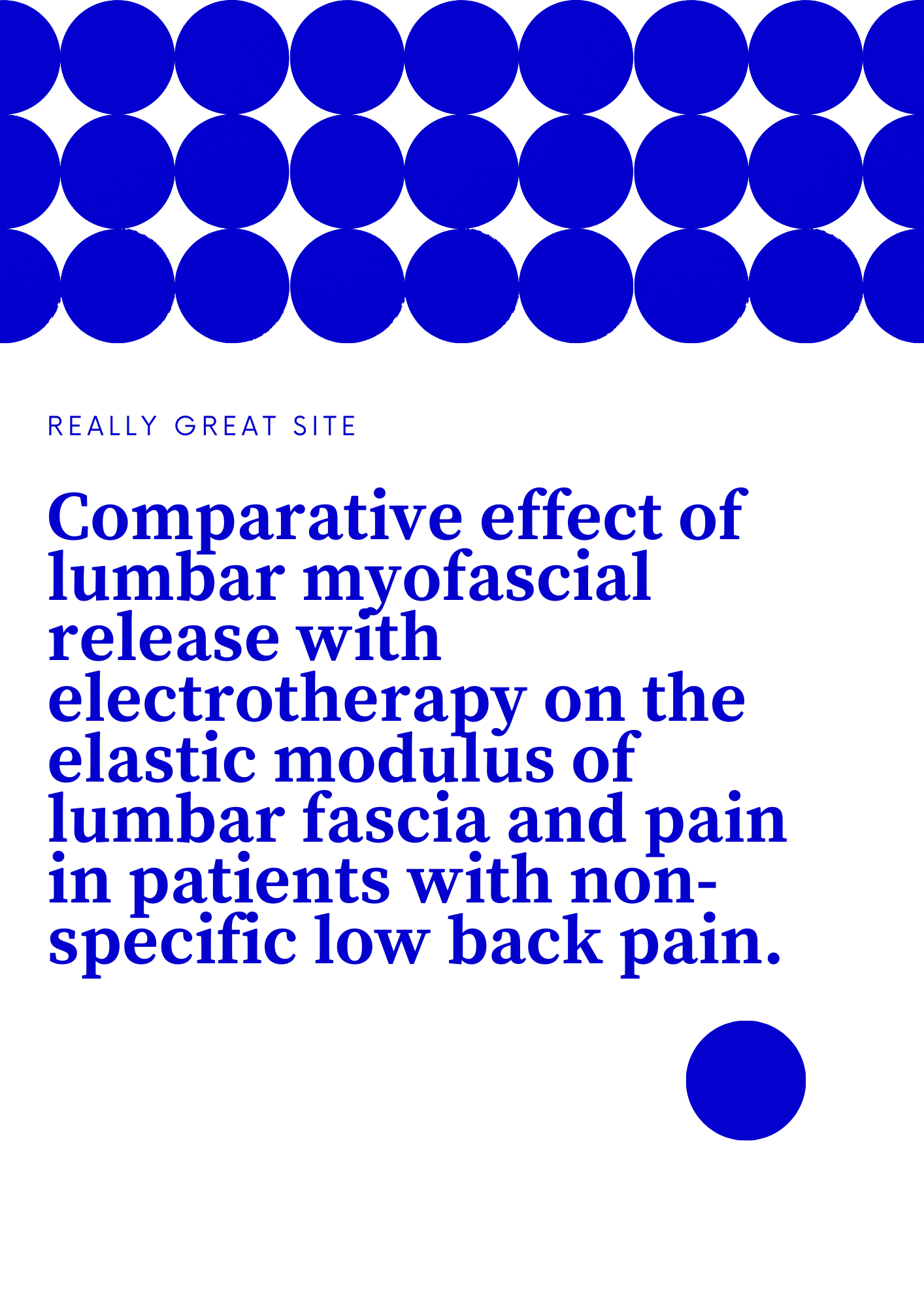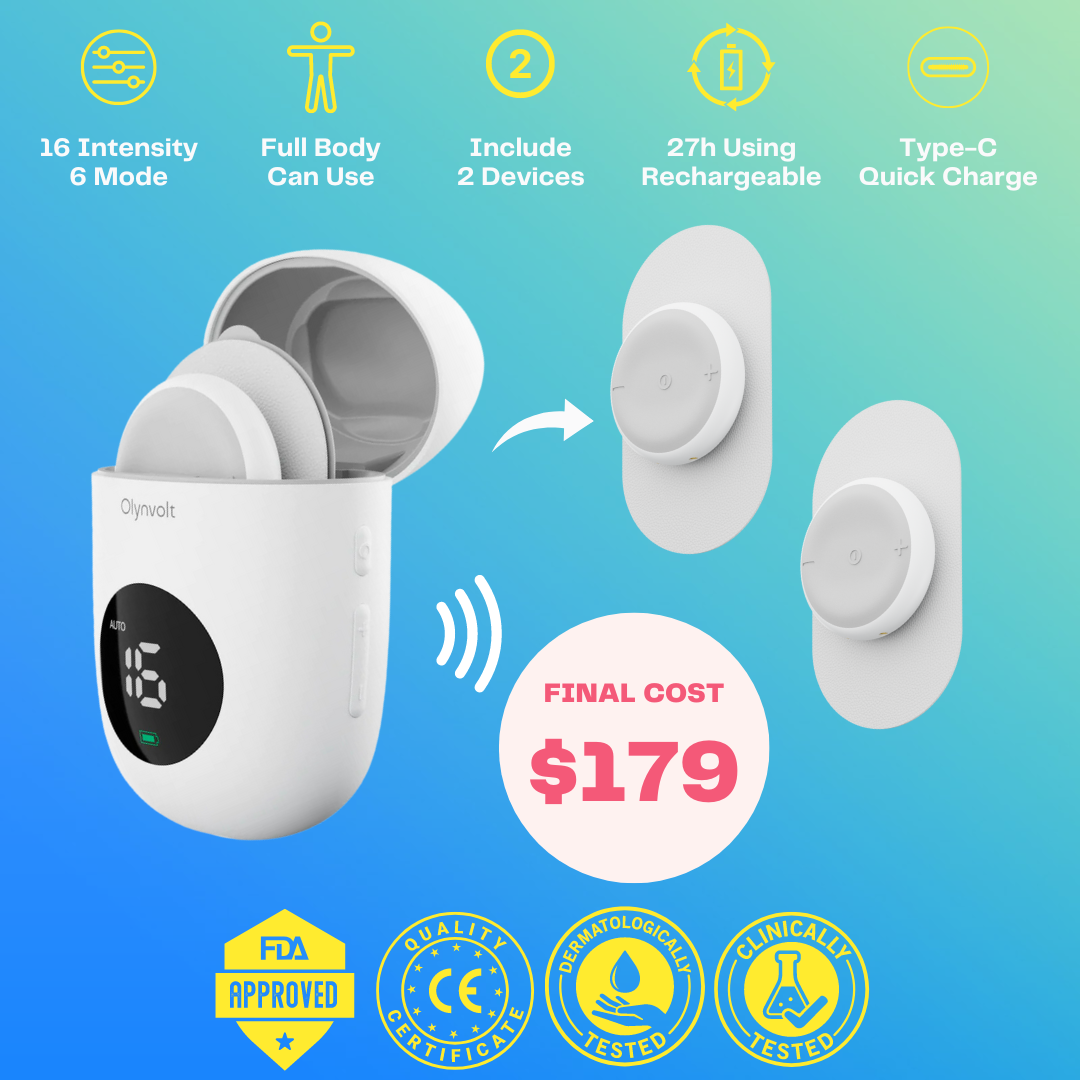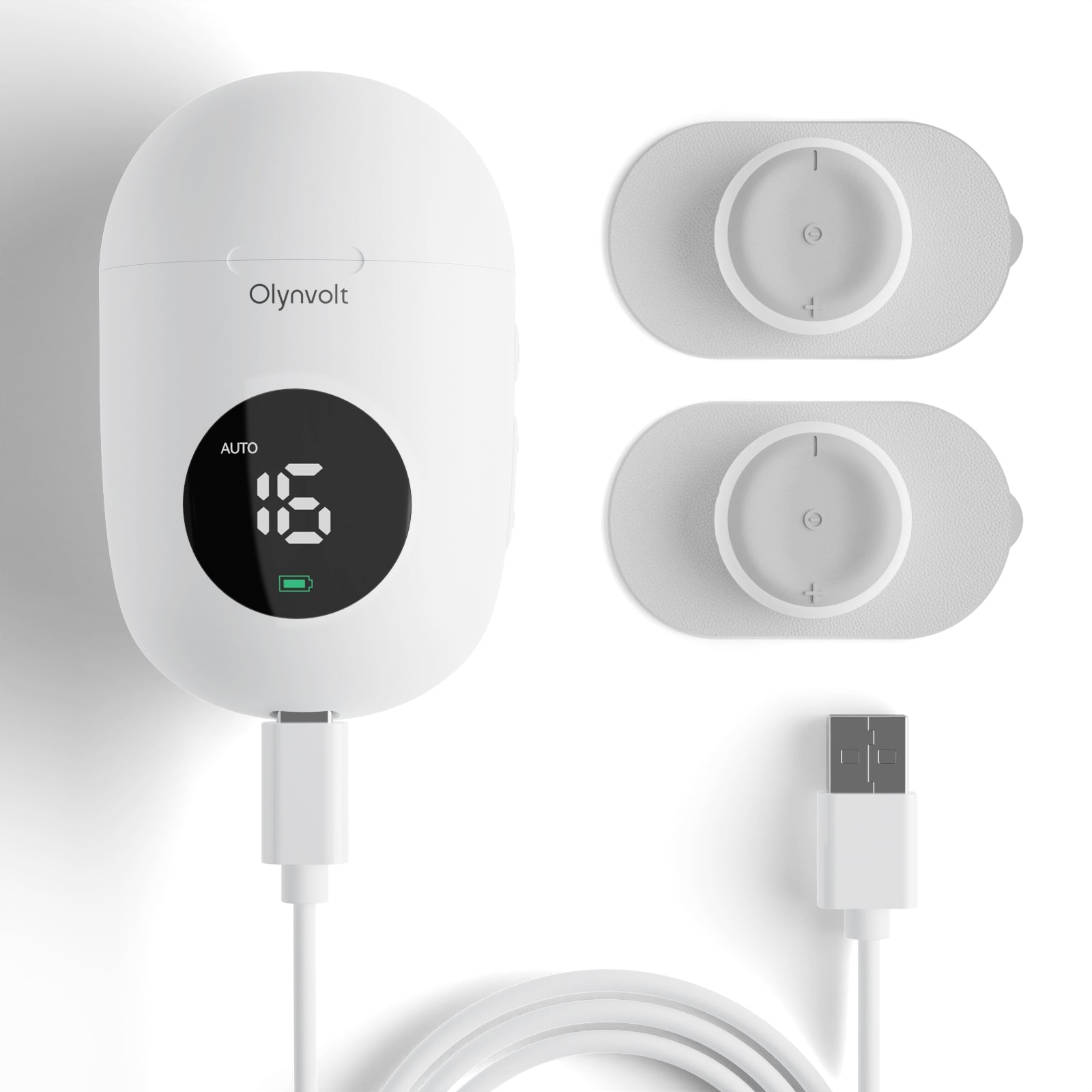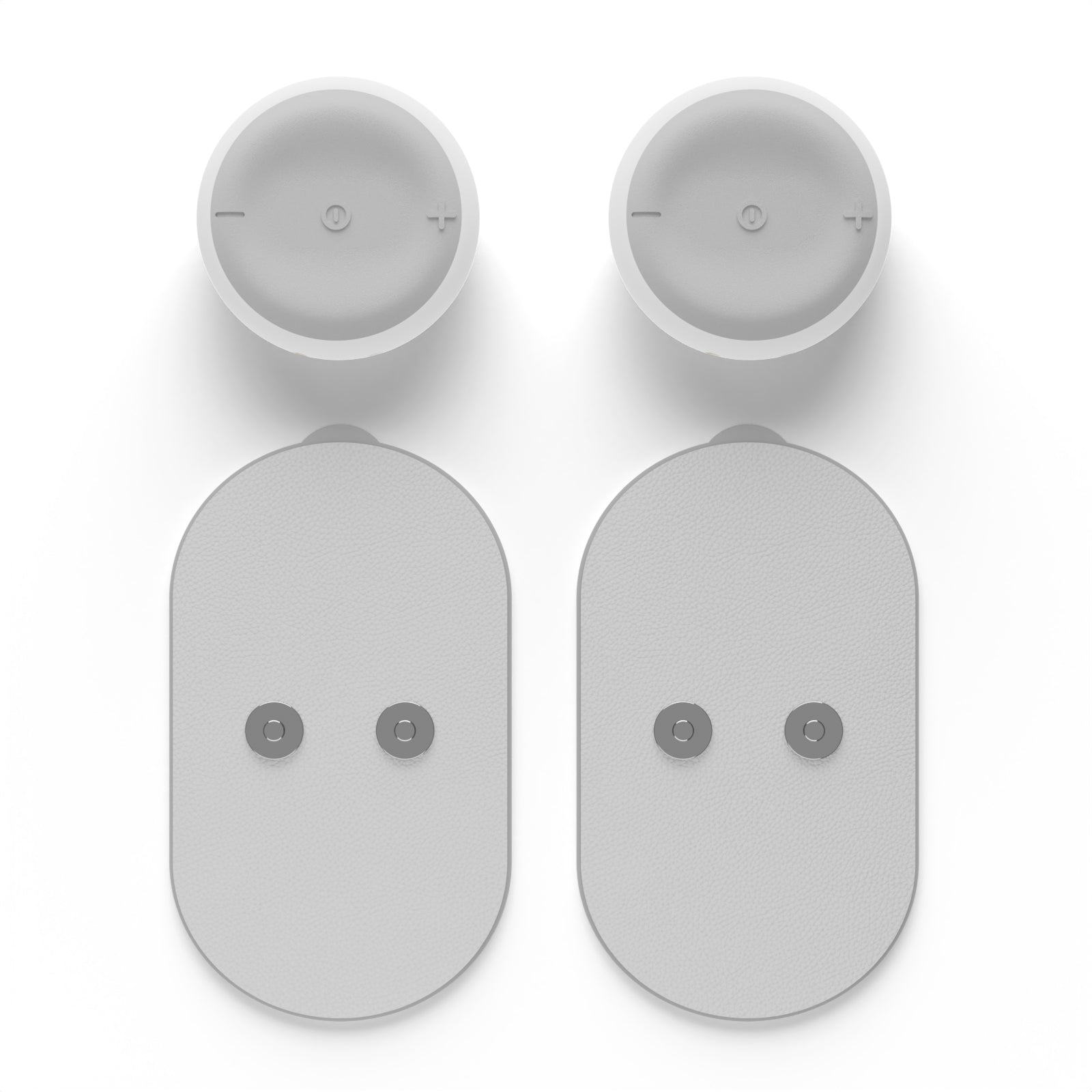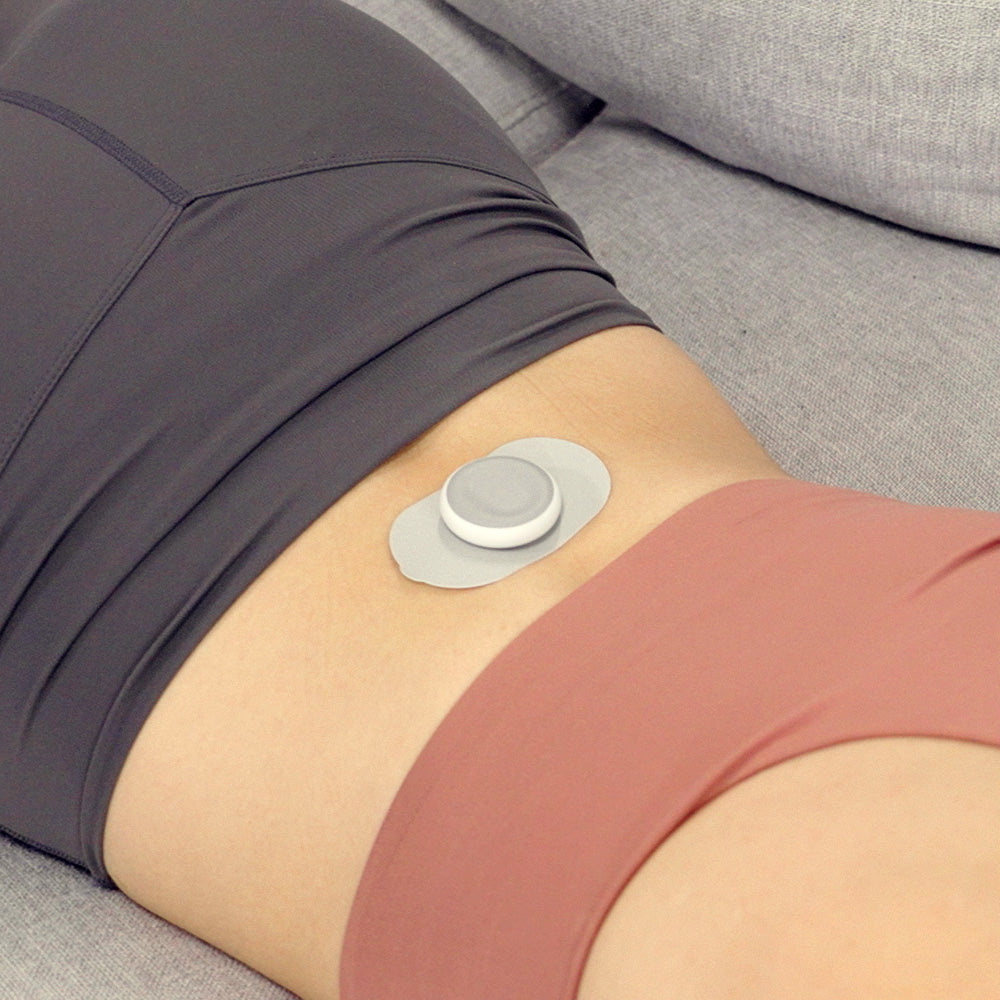Comparative effect of lumbar myofascial release with electrotherapy on the elastic modulus of lumbar fascia and pain in patients with non-specific low back pain.
Objective: The study aimed to compare the effects of two treatment approaches, lumbar myofascial release and electrotherapy, on clinical outcomes related to non-specific low back pain and the elastic modulus of the lumbar myofascial tissue.
Design: The study was a randomized, clinical trial involving 32 participants with non-specific low back pain. These participants were divided into two groups: a myofascial release group (n = 16) and an electrotherapy group (n = 16).
Interventions:
- Myofascial Release Group: Participants in this group received 4 sessions of myofascial release in the lumbar region.
- Electrotherapy Group: Participants in this group received 10 sessions of electrotherapy.
Outcome Measures:
- Low back pain severity
- Elastic modulus of the lumbar myofascial tissue
Results: The study found the following outcomes:
- Both myofascial release and electrotherapy were effective in improving pain severity in patients with non-specific low back pain.
- Myofascial release had a positive impact on the elastic modulus of the lumbar fascia, particularly in individuals with low back pain.
Discussion: This study is one of the first to assess the effects of myofascial release on low back pain using ultrasound control and to compare it with a routine electrotherapy group. The findings highlight that both myofascial release and electrotherapy can lead to improvements in pain severity among patients with non-specific low back pain.
Conclusion: The study concludes that lumbar myofascial release appears to be effective in reducing low back pain and improving the elastic modulus of the lumbar myofascial tissue in individuals with chronic non-specific low back pain. Furthermore, the study suggests a direct relationship between low back pain and the elastic modulus of the lumbar fascia.
Limitations: The study acknowledges certain limitations, such as the small sample size and the lack of a follow-up period after treatment due to the COVID-19 pandemic.
References (1)
Hassan Tamartash a
January 2022


